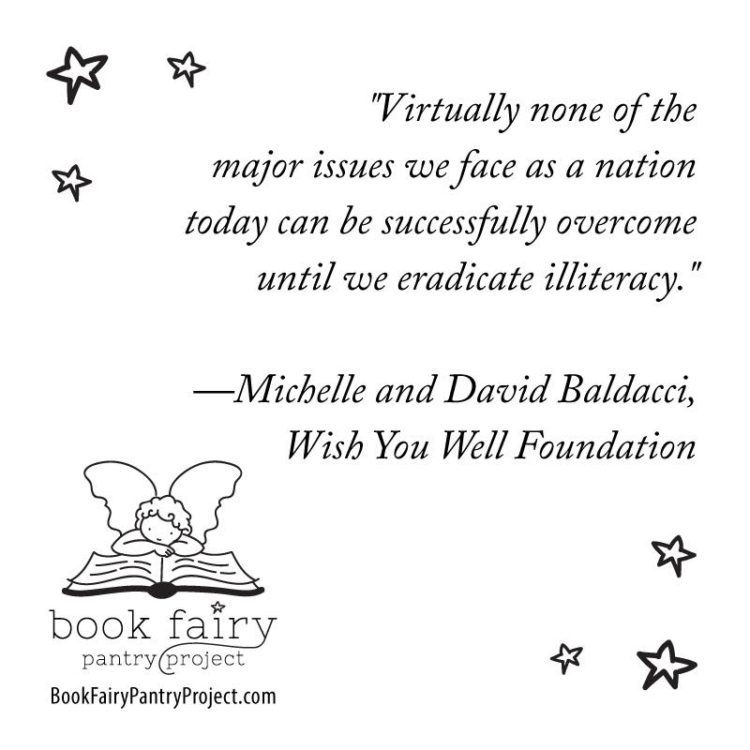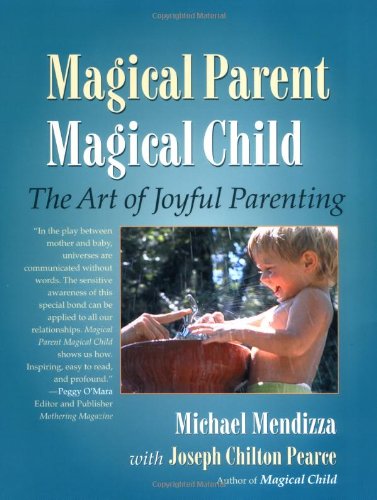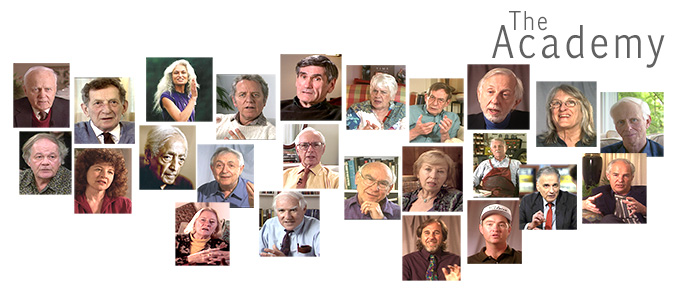“O, she doth teach the torches to burn bright!
It seems she hangs upon the cheek of night
Like a rich jewel in an Ethiope’s ear;
Beauty too rich for use, for earth too dear!
So shows a snowy dove trooping with crows,
As yonder lady o’er her fellows shows.
The measure done, I’ll watch her place of stand,
And, touching hers, make blessed my rude hand.
Did my heart love till now? forswear it, sight!
For I ne’er saw true beauty till this night.” – Romeo at first sight of Juliet, Act 1, Scene 5; Romeo and Juliet, William Shakespeare
Every Picture Replaces The Need For 1,000 Descriptive Words
Words are symbols. Developmentally, spoken language precedes reading and writing by five to six years. In neuroscience terms, this is galaxies apart. Spoken language is auditory. Classically storytelling, without pictures, is how this capacity for language is developed. Every word is a story. Connect word-stories together and you have a stream of changing meaning that grows more complex and more abstract. Language and therefore cognitive development begins as concrete representations and moves to more and more abstract forms, from ‘hat’ or ‘dog’ to E=MC2. Here is how it works.
 Various sounds (phonemes) enter through the ancient auditory-sensory brain as patterns of vibration, purely concrete physical sensations. These vibrating patterns are registered by the newer brain, the neocortex, where the physical patterns are converted and abstracted into cognitive meaning, as a new form of mental image. The various sounds that make up the word ‘chair,’ for example, have no meaning to the sensory brain, no more than a cricket chirping or a dog barking. It is the conversation and then abstraction of the concrete sensory sounds that make up the word ‘chair’ by the newer brain centers that creates a new mental image, a resonate representation of the physical chair. Suddenly the sounds that form the spoken word ‘chair’ explode with meaning. This meaning is a new mental image created by the neocortex as it processes the sensory vibrations coming in from the older brain centers. The presence of the word-as-sound activates the newer brain to respond by creating mental images not present to the senses, what we call imagination. All symbolic and metaphoric capacities and processes involve this conversion-abstraction of raw sensory input into a completely new form of mental imagery, and upon this conversion and abstraction process all, so called, higher learning rests. A symbol not converted by the neocortex into an abstract mental image has no meaning other than its direct perception by the senses.
Various sounds (phonemes) enter through the ancient auditory-sensory brain as patterns of vibration, purely concrete physical sensations. These vibrating patterns are registered by the newer brain, the neocortex, where the physical patterns are converted and abstracted into cognitive meaning, as a new form of mental image. The various sounds that make up the word ‘chair,’ for example, have no meaning to the sensory brain, no more than a cricket chirping or a dog barking. It is the conversation and then abstraction of the concrete sensory sounds that make up the word ‘chair’ by the newer brain centers that creates a new mental image, a resonate representation of the physical chair. Suddenly the sounds that form the spoken word ‘chair’ explode with meaning. This meaning is a new mental image created by the neocortex as it processes the sensory vibrations coming in from the older brain centers. The presence of the word-as-sound activates the newer brain to respond by creating mental images not present to the senses, what we call imagination. All symbolic and metaphoric capacities and processes involve this conversion-abstraction of raw sensory input into a completely new form of mental imagery, and upon this conversion and abstraction process all, so called, higher learning rests. A symbol not converted by the neocortex into an abstract mental image has no meaning other than its direct perception by the senses.
What most fail to appreciate is that visually based delivery systems; picture books, television, video and computers, present information to children in the form of pictures and each image replaces the need for 1,000 descriptive words. The visual system, being primary, dominates. Originating as a concrete image, the meaning of the experience is processed nearly exclusively by the visual brain centers. The more articulated and graphic the image the less processing and conversion is demanded by the newer, more evolved brain centers. The more graphic the stimulus, especially during the critical optimum periods of language development, ages one to approximately five, the less activation and therefore development of the newer and more evolved brain. And it is upon the foundation created during this sensitive early period that future processing, conversion and abstraction rests.
Adults tend to look at content. How well does a child understand abstract ideas and concepts when the issue is really capacity. Think in terms of a professional athlete or dancer. Early development is building capacity that later Olympic performance will rests. Focusing on content, did they make the shot or win, is narrow and specific. Developing capacity is open-ended and dynamic. In terms of child development, we are always building, expanding and deepening capacity. When applied to symbolic and metaphoric processing this focuses like a laser on the ability to convert and abstract raw sensory stimulation into mental images. If we bypass this conversion and abstraction in the early years by eliminating 1,000 descriptive words, flooding the developing brain with highly articulated finished images, we stunt and retard that brain’s capacity to move into, create and literally play with increasingly abstract mental images.

Sesame Street is a perfect example. Compare the visual stimulation of any Sesame Street episode with spontaneous, in the lap, storytelling. Ninety-eight percent of the Sesame Street experience is visual, extremely fast paced, bright colors, big faces, driving music, a new cut every second. A young child sitting in a parent’s lap on the other hand, there is no book, no pictures, only listening and feelings; “Once upon a time, there was a beautiful princess walking by a pond next to tall magic castle with bright colored flags blowing in the wind. Being careful not to spoil her yellow dress, the princess sat by the cool water and there she found a small green frog wearing a tiny golden crown. The frog was very sad. Tiny tears were dripping from his big brown eyes. The frog look up. He saw the beautiful princess, sat up as straight as he could and said…”
One-hundred percent of this experience activates the conversion-abstraction image making capacity of the neocortex in response to the flow of concrete auditory vibrations coming in from the senses. Represent the same scene in a video and one-hundred percent of this activation, conversion and abstraction as new mental images is negated, bypassed, and unnecessary. The entire process is handled by the oldest brain centers, leaving the newer and innately more evolved new brain centers dormant and undeveloped.
The insight is evaluating the source of early childhood experiences based on capacity rather than content. Look at the source of an experience in terms of the senses engaged and mental processes being developed, not the content being expressed. With video, television and computers it is the box and how it functions that is being learned, not the content we think is being presented. In terms of the development of the newer, more evolved brain centers Sesame Street and all other equally highly stimulating visual experiences are sensory deprivation. This is, of course, counter intuitive. Two observations by Joseph Chilton Pearce will help.
 Once the brain creates its map, its structure of knowledge of a particular experience, it habituates and uses what has been learned with each subsequent encounter. In terms of television, video and computers the 5,000 plus hours the typical five year old spends with visual technologies might as well be the same program. Though the content is constantly changing, from a capacity point of view the relationship with device, which is the dominate learning experience for the child, never changes.
Once the brain creates its map, its structure of knowledge of a particular experience, it habituates and uses what has been learned with each subsequent encounter. In terms of television, video and computers the 5,000 plus hours the typical five year old spends with visual technologies might as well be the same program. Though the content is constantly changing, from a capacity point of view the relationship with device, which is the dominate learning experience for the child, never changes.
Presenting the child image based content bypasses the higher more evolved brain centers altogether. Visual content is a counterfeit of the higher brain’s function and capacity. The presence of the counterfeit deactivates and disengages the higher brain center from the experienced.
Joe noted that children who spent the most time watching Sesame Street, sold as an early literacy program, had the lowest literacy proficiency. In one study involving four to six year old children, researchers mixed the audio. The audio no longer matched the visual. Keep in mind that in most cases it is the audio that gives programs its cognitive meaning. The groups of children being observed did not notice the discrepancy. The visual dominated the child’s experience bypassing the higher brain centers where abstract ideas and concepts flow. The audio was heard but had no or very little meaning. I suggest this is the case with the majority of hours consumed by commercial media. Take the child way from the device, sit them in your lap and tell them stories.
“Children learn to be readers on the laps of their parents, seeing their parents read, seeing adults excited about sharing something. Often when my parents come arrive at school I will wave a book and say, ‘Oh, you’ve got to read this.’ Paying attention to that kind of love, not teaching children how to read, but the love of story, the emotional part of reading with your child in your lap, that is what learning how to read is really about.” – Bev Bos, early childhood educator
The flow of descriptive words challenge and demand the higher brain centers respond by creating mental images. This increasingly rich and complex challenge is the only stimulus, the essential catalyst for the development of imagination and imagination is the capacity upon which all abstract, intellectual and creative brain functions depend. Since the advent of television in the late 1940’s and increasing with each new technology every picture has replaced the need for 1,000 descriptive worlds, the very nutrient the new brain needs to develop the capacity it was evolved to create.
The second side to this coin are socioeconomic differences between professional, working class and families living in poverty. What is known as the 45 million-word difference, in 1995 Drs. Betty Hart and Todd Risley projected the number of words children in each group were exposed to over four years. By age four children living in poverty heard 13 million words. Children of working class families heard 26 million words. Children of professional parents heard 45 million words. It is not the number of toys in the house that make a difference. It is the number of descriptive words dancing in their heads.


